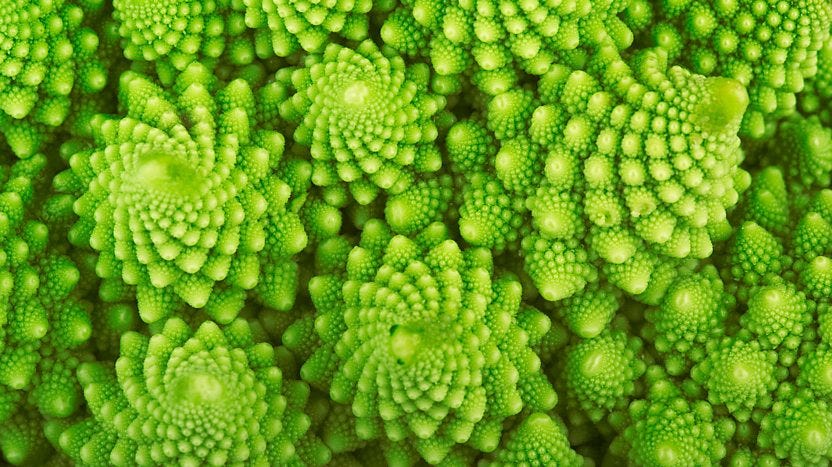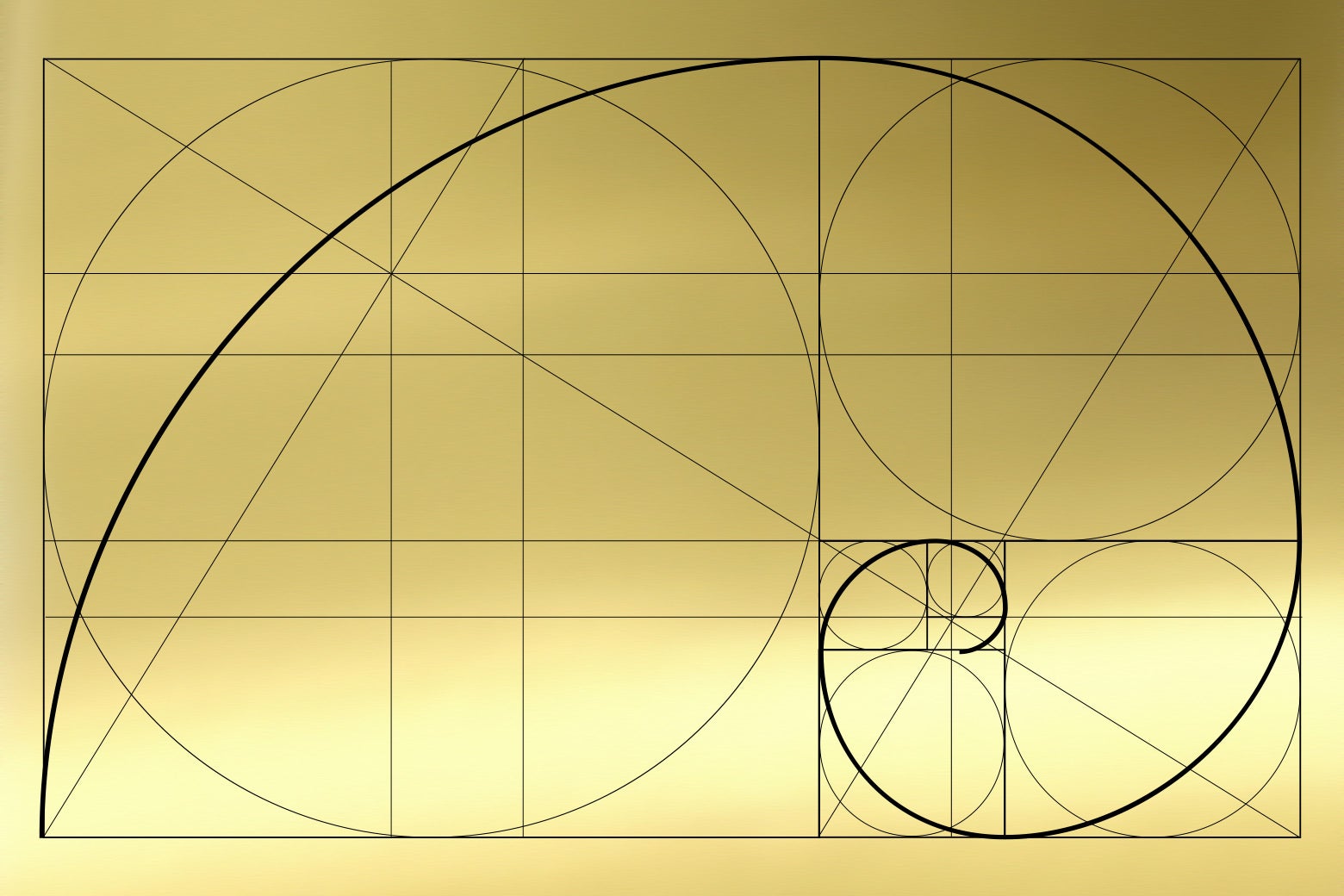
The Golden Ratio is an example that math can help fine arts. But, as humans, we do search for balance.Īnd here’s where the Golden Ratio comes to help whenever we want to create something harmonious. It can simply be Art for Art’s Sake, like many writers and artists believe(d).īeauty exists. Dream Theater’s Octavarium album and Tool’s Lateralus piece are also designed on Fibonacci sequences.There’s no need for us to find a reason or specific explanations when it comes to art. Not even the most rock band ever, Deep Purple, has remained insensitive to the call of the “golden numbers”, as the famous song Child in Time shows. A very significant example is Genesis’ brave song Firth of Fifth, which contains solos of 55, 34, 13 bars entirely based on golden numbers. Today Rock music, especially progressive one, has let itself be conquered by golden proportions. Towards the end of the 1900s, a real university research group was born in Paris, the Center d’Études de Mathématique et Automatique Musicales, with the aim of applying scientific and mathematical knowledge to music.

In the music of the twentieth century the golden ratio has found fertile ground spreading out of all proportion: Debussy, Stockhausen, Bartók, Stravinsky, Manzoni, Ligeti, are just some of the best known names that have voluntarily chosen the use of these magical proportions. In the octave, the founding unit of melody and harmony, we see Fibonacci numbers popping up everywhere. But in addition to the formal canons of musical language, it is in the very atoms of music, the notes, that the golden ratio can be found incredibly. It is easy to find those elements in some works by Bach, Haydn, Mozart or Beethoven. Many examples show how the proportion of the various parts of a work is often set in the 8/5 ratio, close to the Phi number. We can find it in the rhythms and musical structures, in the arrangement of accents within movements and in the relationship between the latter. The mythical and mystical side of the golden ratio is not the prerogative of figurative art, many musicians have been won by the magic of these mathematical relationships and numerous great composers of the past have used it in their works. Even in modern times painters such as Picasso, Seurat, Dali, Mondrian and architects such as Le Corbusier have made extensive use of it. There were numerous artists who used it in their architectural and pictorial works, one above all the great Leonardo Da Vinci who illustrated it in the famous Vitruvian Man and used it in works such as the Last Supper and the Mona Lisa. It represented the real mystical key in the arts and sciences, so much so as to be defined as “divine proportion”. So it was that the golden proportion became very popular among the artists and mathematicians of the time. In this series, each number is the result of the sum of the previous two: 0, 1, 1, 2, 3, 5, 8, 13, 21 … to infinity. Later, in the Renaissance, the Italian mathematician Leonardo Pisano (called Fibonacci) created the famous sequence of numbers related to it that bears his name. The golden ratio had such a fascination for Greek culture that architects and sculptors made it their canon of perfection, beauty and harmony.

Due to this peculiarity, it has been applied in various areas and has allowed us to create unexpected links between apparently distant disciplines: botany, physics, zoology, architecture, painting and music, also with mystical-esoteric values. The golden ratio is so much present in the physical reality to define the whole universe, it can be considered, for good reasons, the mathematical representation of life.

It contains many algebraic and geometric properties that have always attracted the interest of many scholars, in remote and recent times. Who among us has never heard of the golden ratio? We speak of a mathematical constant, the number 1.618, produced by a formulation of Euclid and indicated with the lowercase Greek letter φ (phi).


 0 kommentar(er)
0 kommentar(er)
